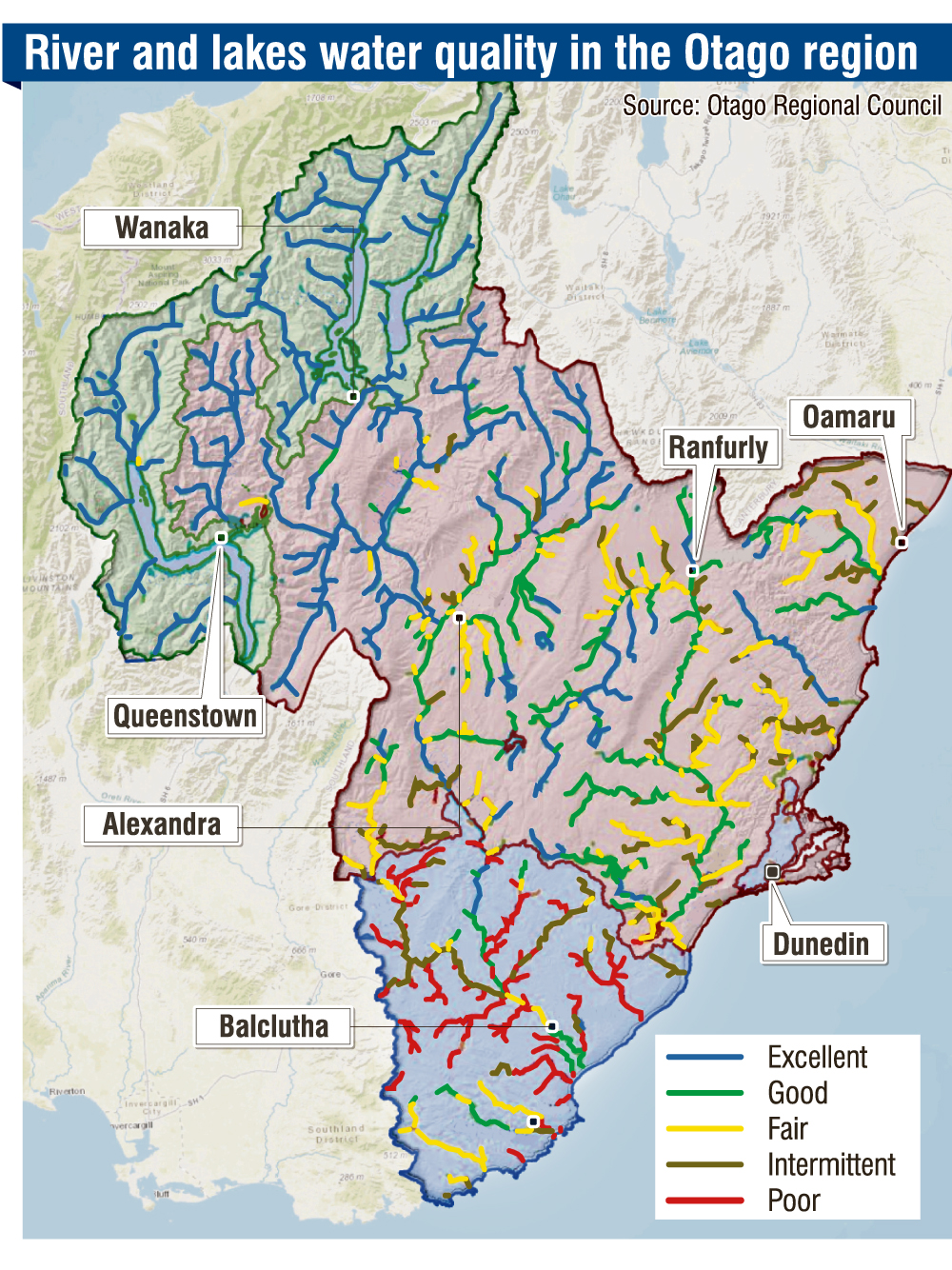
An ''ambitious'' Otago freshwater swimmability target has been applauded by Forest & Bird, but the organisation has questioned whether the plan includes smaller swimming spots.
The Otago Regional Council recently decided to make 95% of specified rivers and 100% of specified lakes swimmable by 2030, and 100% of both swimmable by 2040.
All regional councils are required to set targets under last year's amendments to the national policy statement for freshwater management.

The national target is for 80% of specified rivers and lakes to be swimmable by 2030, and 90% by 2040.
The council report said under these measurements 82% of Otago's specified waterways were considered swimmable, including 79% of rivers and 98% of lakes.
Forest & Bird freshwater advocate Annabeth Cohen said the regional council's targets were ''ambitious''.
''We applaud that effort.''
However, she questioned how many rivers and lakes were included.
''The ambitiousness of the project indicates the council is leaving quite a few lakes and rivers out.
''If the council is only looking at fourth-order streams and lakes larger than 1.5km, then this target will not include all the places people swim, as it won't include all waterways.''
The council needed to do better for the local environment, which was ''deteriorating rapidly because of land-use changes like intensive dairying'', she said.
Otago had increased its dairy herd by 368% since 1994.
Regional council staff were unable to respond to questions yesterday.
At present, 72% of specified waterways nationally are considered swimmable under the national strategy.
In Otago the regional average is pulled down by South Otago and urban areas of Dunedin.
The council report says in South Otago this is likely due to insufficient effluent storage and a prevalence of mole and tile drains, which can result in high E. coli peaks when flows increase.
In urban areas around Dunedin, these results were most likely due to contamination from stormwater and wastewater, the report said.
The new target will parallel the water plan, which sets E. coli limits in all catchments, to be achieved by 2025.
However the council report said, based on the current state of water quality in South Otago and the trend in data over the past 11 years, this was unlikely to be achieved.
The council will seek public input on its new targets and refine them towards the end of the year.












